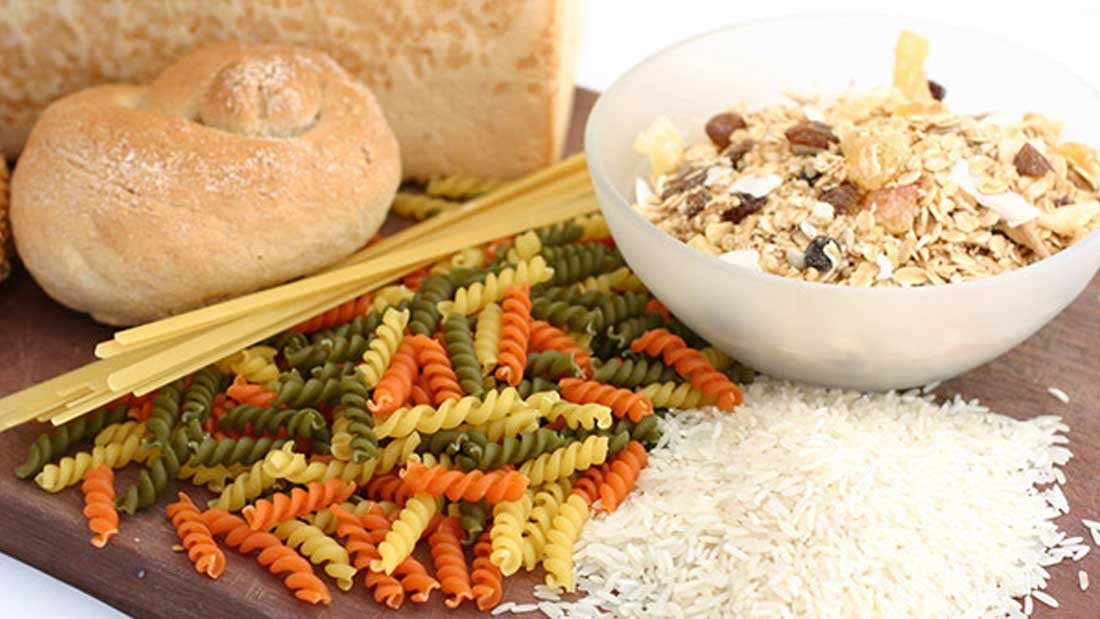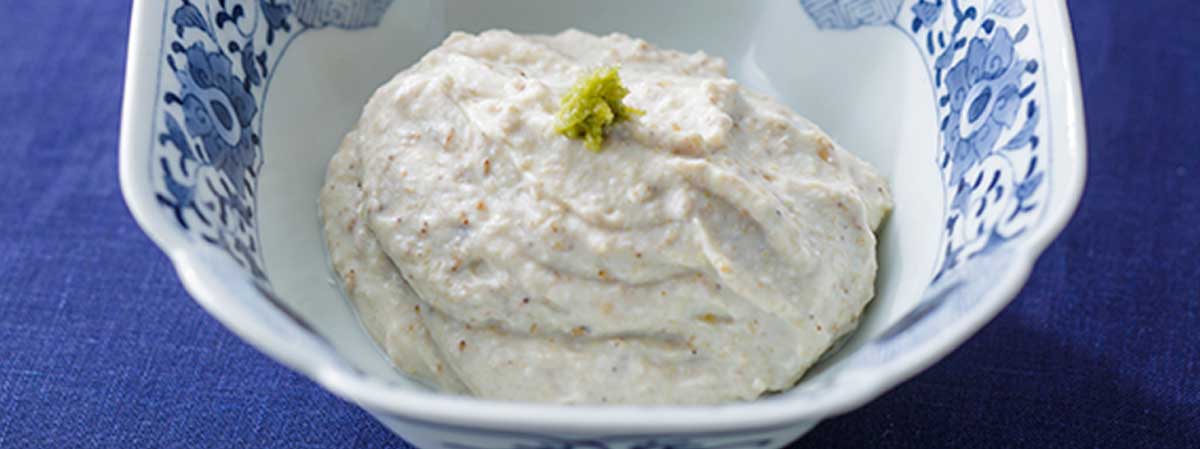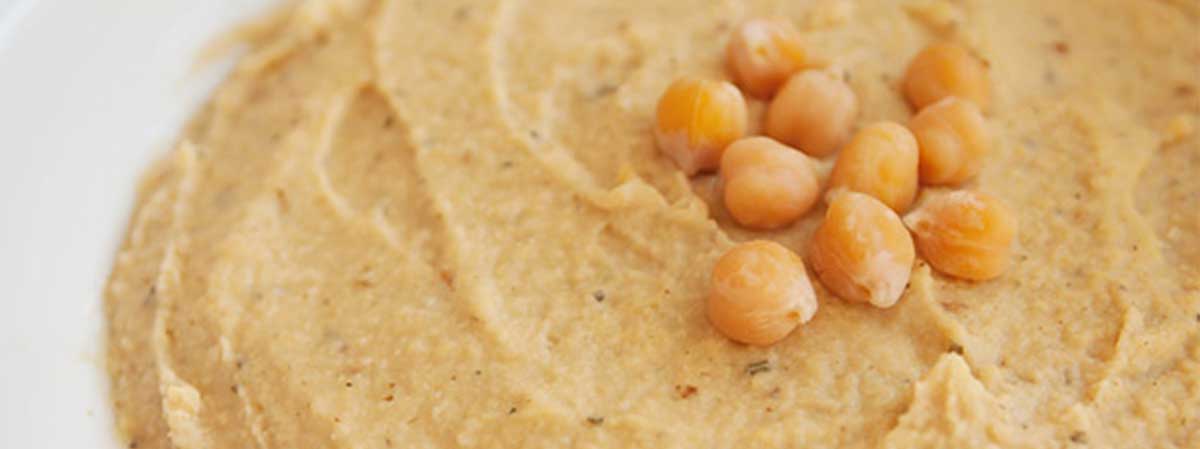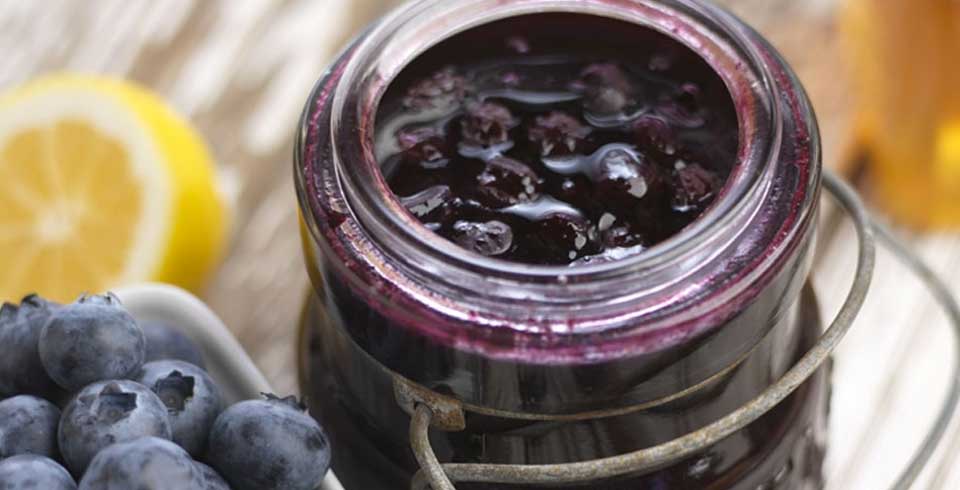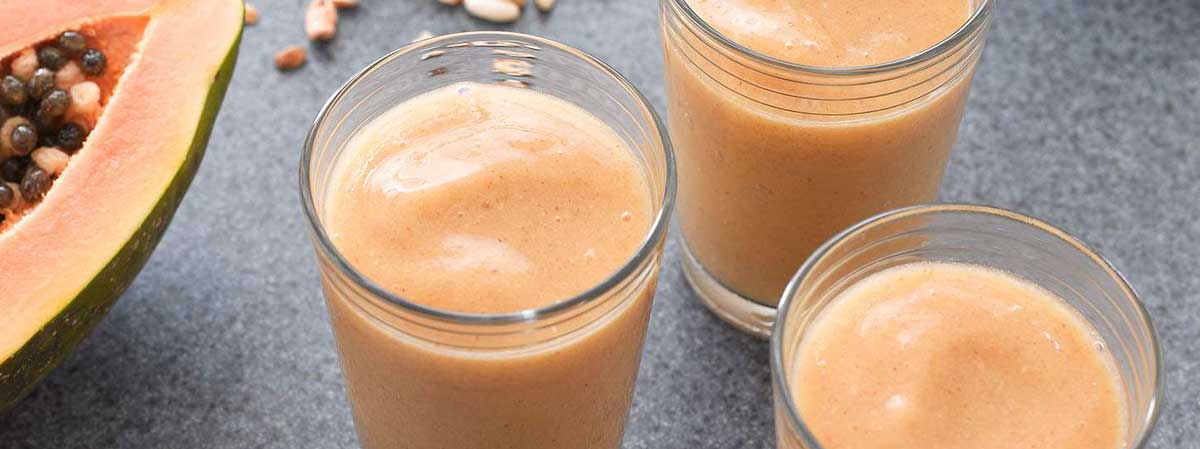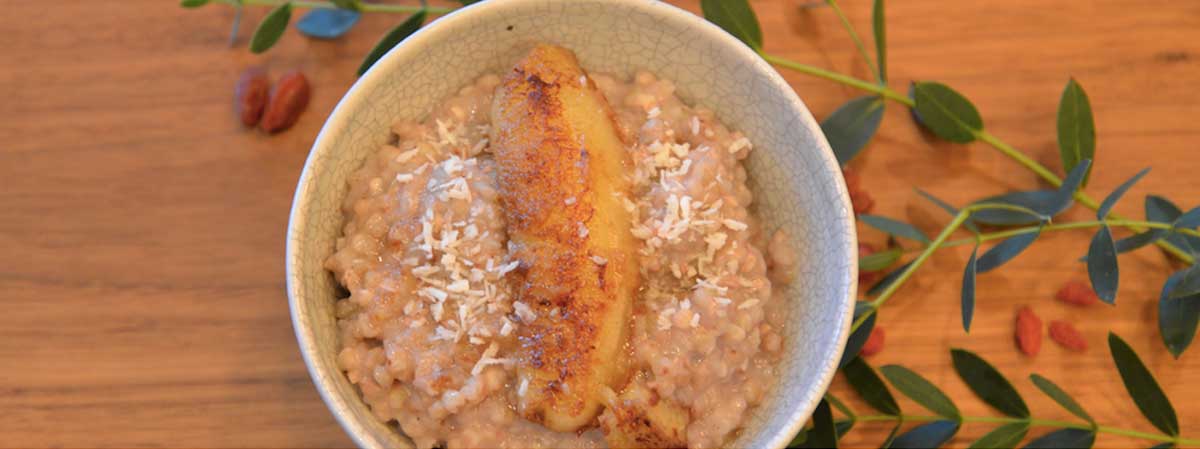Should we all give it up? or should we eat it in moderation?
A gluten-free diet is a diet that excludes the protein gluten. Gluten is found in grains such as wheat, barley, spelt, and rye.
What is gluten?
It is a protein found in some grains – called ‘gliadin’ wheat, spelt, rye and barley that damages the intestine of people with Celiac Disease. Symptoms include diarrhoea, bloating and weight loss. It has some features of a true food allergy because it involves the immune system.
What is celiac disease?
Is an autoimmune disorder that can occur in genetically predisposed people where the ingestion of gluten leads to damage in the small intestine. These attacks lead to damage on the villi, small fingerlike projections that line the small intestine. When the villi get damaged, nutrients cannot be absorbed properly into the body, causing malabsorption of nutrients. However, symptoms are mostly gastrointestinal, such as bloating, pain, flatulence, cramping,changes in bowel movements, blood/mucus in stools… Even the smallest trace of gluten can trigger these events. Coeliac disease can be accurately diagnosed with a blood test and biopsy.
What is gluten sensitivity?
Non-celiac gluten sensitivity is used to describe people with non-specific symptoms such as nausea, abdominal cramps, or diarrhea after eating gluten. Gluten sensitivity involves an immune reaction to gluten. However, unlike celiac disease, that reaction does not involve the production of damaging antibodies that cause intestinal damage.
What is gluten intolerance?
Gluten intolerance is commonly used to describe individuals who have symptoms after eating gluten, and who may or may not have celiac disease. Similar to gluten sensitivity, these symptoms may include nausea, abdominal cramps, or diarrhea.

